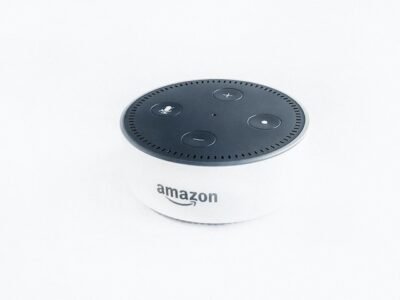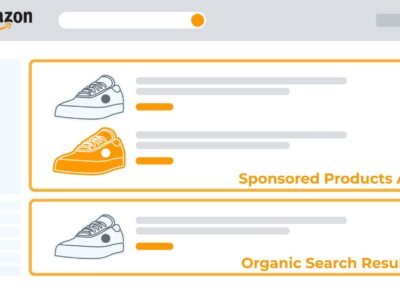Pricing is a crucial aspect of any successful Amazon business, as it directly impacts profitability, competitiveness, and customer perception. Determining the right price for your products can be challenging, but with the right strategies in place, you can strike the perfect balance between profitability and customer appeal. In this comprehensive guide, we’ll explore various pricing strategies for Amazon sellers and discuss how to find the ideal pricing approach for your business.
Understanding the Importance of Pricing on Amazon
- Profitability: Your product’s price directly affects your profit margin and overall profitability, making it essential to find a price point that covers your costs and delivers a healthy profit.
- Competitiveness: Pricing plays a significant role in how your products stack up against the competition on Amazon, influencing your product’s visibility in search results and its chances of being chosen by customers.
- Customer perception: Your pricing can impact how customers perceive the quality and value of your products, potentially affecting their decision to purchase.
- Conversion rates: Finding the optimal price can improve conversion rates, as customers are more likely to purchase a product that offers the right balance of quality and affordability.
Popular Pricing Strategies for Amazon Sellers
- Cost-plus pricing: This strategy involves calculating your total costs (including production, shipping, and Amazon fees) and adding a predetermined profit margin. Cost-plus pricing is a straightforward method that ensures your business remains profitable but may not always account for market factors or customer perception.
- Competitive pricing: With this approach, sellers analyze the prices of similar products on Amazon and set their prices accordingly, either slightly lower or higher, depending on factors like product quality and brand reputation. Competitive pricing can be effective in capturing market share but may require continuous monitoring and adjustments.
- Value-based pricing: This strategy involves setting prices based on the perceived value of your product to the customer, rather than simply factoring in costs or competition. Value-based pricing requires a deep understanding of your target market and may enable higher profit margins if your product offers unique benefits or features.
- Psychological pricing: This approach leverages psychological principles, such as the tendency for customers to perceive a product priced at $9.99 as more affordable than one priced at $10. Psychological pricing can be effective in increasing sales, but it’s essential to consider your target audience and product positioning when implementing this strategy.
Tips for Optimizing Your Pricing Strategy on Amazon
- Conduct thorough market research: Analyze the competitive landscape on Amazon, including the prices of similar products, market trends, and customer preferences, to inform your pricing decisions.
- Understand your costs: Calculate all costs associated with selling on Amazon, such as manufacturing, shipping, storage, and platform fees, to ensure your pricing strategy covers these expenses and generates a profit.
- Test different price points: Experiment with different prices to determine which price point generates the most sales and profit. Monitor your conversion rates, sales velocity, and overall revenue to evaluate the effectiveness of your pricing strategy.
- Monitor competitor prices: Keep an eye on competitor pricing to stay competitive and identify any pricing opportunities or threats. Utilize tools like Keepa, CamelCamelCamel, or Amazon’s Automate Pricing tool to automate this process.
- Consider seasonal pricing: Adjust your prices based on seasonal demand or during special events like Black Friday or Amazon Prime Day to capitalize on increased sales opportunities.
Leveraging Amazon Repricing Tools
Automated repricing tools can help Amazon sellers continuously monitor and adjust their prices based on predefined rules and competitive factors. These tools can save time, reduce manual effort, and enable more responsive pricing strategies. Popular Amazon repricing tools include:
- Amazon Automate Pricing: Amazon’s native repricing tool allows sellers to create custom pricing rules and automatically adjust prices based on market conditions and competitor pricing.
- RepricerExpress: This third-party repricing tool offers customizable pricing rules, real-time repricing, and support for multiple Amazon marketplaces.
- Sellery: An advanced repricing tool designed for high-volume sellers, Sellery offers real-time repricing, customizable strategies, and detailed analytics to help you optimize your pricing decisions.
- Informed.co: Formerly known as Appeagle, Informed.co provides AI-driven repricing, customizable rules, and comprehensive analytics to help sellers stay competitive on Amazon.
- BQool: This repricing tool offers customizable pricing rules, real-time repricing, and integration with multiple Amazon marketplaces, as well as additional features like profit calculators and competitor analysis.
- When choosing a repricing tool, consider factors such as your budget, the size of your inventory, and the level of customization and automation you require. Some tools may offer free trials or tiered pricing plans, so be sure to explore your options and select the tool that best meets your needs.
Mastering the art of pricing on Amazon is essential for maximizing profits and staying competitive in the ever-evolving marketplace. By exploring various pricing strategies, monitoring competitor prices, and leveraging repricing tools, you can find the optimal pricing approach for your business. Remember that successful pricing strategies require ongoing monitoring, analysis, and adjustments to stay ahead of the competition and adapt to changing market conditions. Stay proactive and responsive in your pricing decisions to drive sales, improve conversion rates, and grow your Amazon business.











